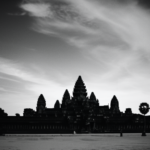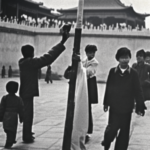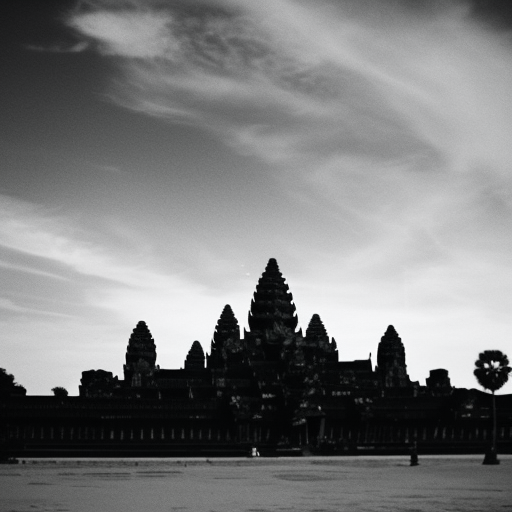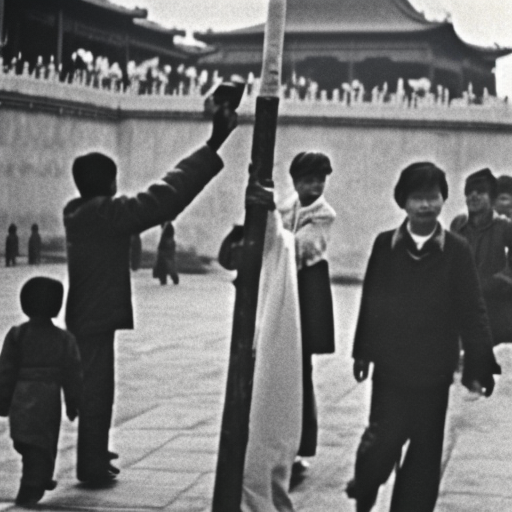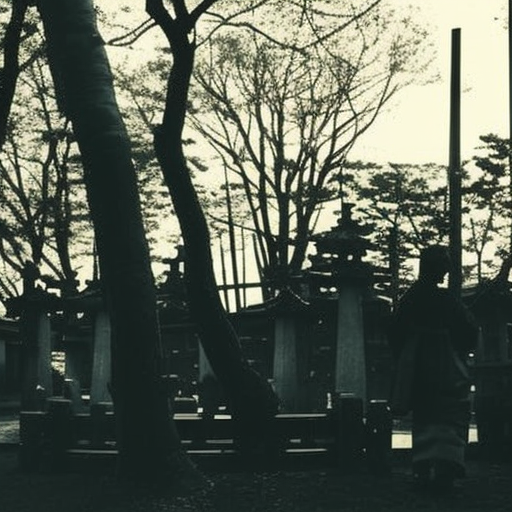The Khmer Empire and Angkor Wat
The Khmer Empire was a powerful and influential civilization that ruled over much of Southeast Asia from the 9th to the 15th century. Its most iconic and enduring legacy is the magnificent temple complex of Angkor Wat, which stands as a testament to the empire’s architectural and cultural achievements.
Summary:
The Khmer Empire, also known as the Angkor Empire, was established in the 9th century by Jayavarman II. It reached its peak under the reign of Suryavarman II in the 12th century. The empire was centered in present-day Cambodia and extended its influence over parts of modern-day Thailand, Laos, and Vietnam.
The Khmer Empire was known for its advanced agricultural practices, which allowed it to sustain a large population. The empire’s economy thrived on rice cultivation, trade, and the control of important waterways. This prosperity enabled the empire to undertake ambitious construction projects, including the construction of the vast temple complex of Angkor Wat.
Angkor Wat, built during the reign of Suryavarman II, is the largest religious monument in the world. It was originally constructed as a Hindu temple dedicated to the god Vishnu but later transformed into a Buddhist temple. The temple complex covers an area of over 400 acres and is characterized by its intricate carvings, towering spires, and vast moat. Angkor Wat is considered a masterpiece of Khmer architecture and a symbol of the empire’s grandeur.
The decline of the Khmer Empire began in the 13th century with a series of invasions and internal conflicts. The empire faced attacks from neighboring kingdoms, such as the Champa and the Dai Viet, as well as from the Mongols. These invasions weakened the empire and led to the loss of territory.
In the 14th century, the Khmer Empire faced further challenges with the rise of the Ayutthaya Kingdom in present-day Thailand. The Ayutthaya Kingdom gradually gained control over Khmer territories and exerted its influence over the region. By the 15th century, the Khmer Empire had lost much of its power and was reduced to a small kingdom centered around the city of Phnom Penh.
The decline of the Khmer Empire also coincided with a shift in religious beliefs. The empire’s rulers began to embrace Theravada Buddhism, which had gained popularity in the region. This shift had a profound impact on the empire’s culture and architecture, with Buddhist temples and monasteries becoming more prominent.
Despite its decline, the Khmer Empire left a lasting legacy in Southeast Asia. The empire’s architectural achievements, particularly Angkor Wat, continue to awe and inspire visitors from around the world. The empire’s cultural influence can also be seen in the art, literature, and traditions of modern-day Cambodia.
In conclusion, the Khmer Empire was a powerful civilization that ruled over Southeast Asia for several centuries. Its most notable achievement is the temple complex of Angkor Wat, which stands as a testament to the empire’s architectural and cultural prowess. Although the empire eventually declined, its legacy continues to shape the region’s history and culture.



